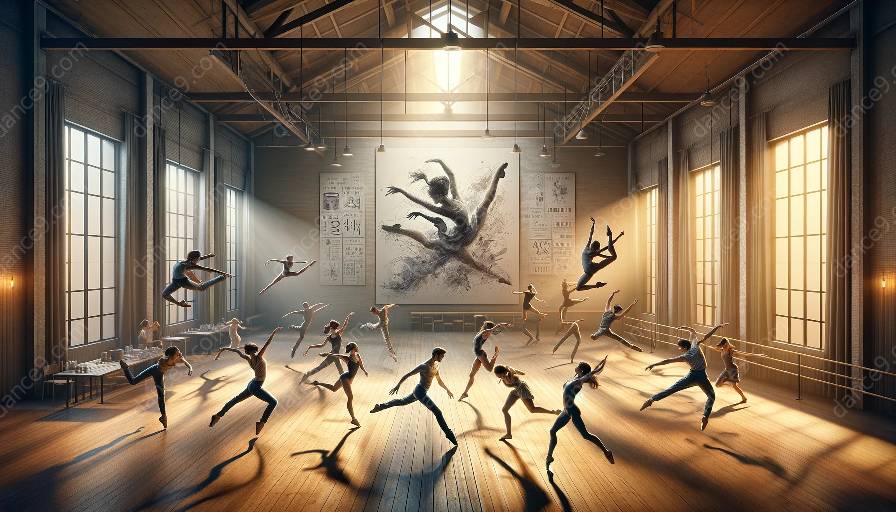Creating choreography that includes unique and captivating motifs is a hallmark of skilled dance artists. In the context of dance, a motif is a movement pattern that is repeated and developed throughout a performance. The development of choreographic motifs is influenced by various dance techniques, each of which offers distinct tools for shaping and refining movement sequences.
Understanding Choreography and Dance Techniques
Before delving into the development of choreographic motifs through different dance techniques, it's essential to grasp the essence of choreography and dance techniques individually.
Choreography
Choreography is the art of creating and arranging dance movements into a coherent and expressive sequence. It involves structuring movements, spatial arrangements, and expressive elements to communicate a particular theme, story, or emotion to the audience.
Dance Techniques
Dance techniques encompass the various styles and methods of dance, including ballet, modern dance, jazz, contemporary, and more. Each technique has unique movement principles, stylistic elements, and physical requirements that shape the execution of choreography.
Developing Choreographic Motifs
Developing choreographic motifs through different dance techniques involves a multi-faceted process that draws from the principles and characteristics of each technique. Here's a closer look at how choreographic motifs can be developed through specific dance techniques:
Ballet
Ballet, known for its precision, grace, and formalized movements, provides an ideal foundation for developing choreographic motifs. The use of turnout, épaulement, and intricate footwork enables choreographers to create motifs that emphasize sweeping movements, intricate gestures, and structured patterns that define the aesthetic of classical ballet.
Contemporary Dance
Contemporary dance, with its focus on fluidity, expression, and innovation, offers an array of possibilities for developing choreographic motifs. Choreographers often explore the use of weight shifts, floor work, and improvisational elements to create motifs that convey raw emotions, abstract concepts, and unconventional movement patterns.
Jazz Dance
Jazz dance, characterized by its syncopated rhythms, dynamic movements, and theatrical flair, provides an energetic platform for developing choreographic motifs. Choreographers can utilize isolations, syncopated footwork, and stylized gestures to craft motifs that exude vibrancy, sass, and playful sophistication.
Modern Dance
Modern dance, known for its emphasis on individual expression, organic movements, and inventive choreography, offers a fertile ground for developing choreographic motifs. Choreographers incorporate elements such as contraction, release, and fall and recovery to create motifs that reflect the human experience, personal narratives, and explorations of space and dynamics.
Interplay between Choreography and Dance Techniques
The interplay between choreography and dance techniques is at the heart of developing choreographic motifs. Choreographers draw inspiration from the movement vocabulary, aesthetic principles, and expressive qualities inherent in each dance technique to craft motifs that resonate with their artistic vision.
Furthermore, the process of developing choreographic motifs through different dance techniques encourages choreographers to blend and juxtapose stylistic elements, thereby enriching the choreographic landscape with diverse and multidimensional motifs.
Conclusion
The development of choreographic motifs through different dance techniques is a dynamic and enriching endeavor that underscores the intrinsic connection between choreography and dance. By harnessing the unique characteristics of various dance techniques, choreographers can create motifs that are compelling, evocative, and resonant, contributing to the vibrancy and diversity of dance as an art form.






































